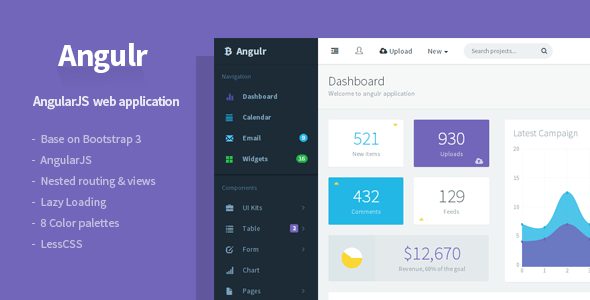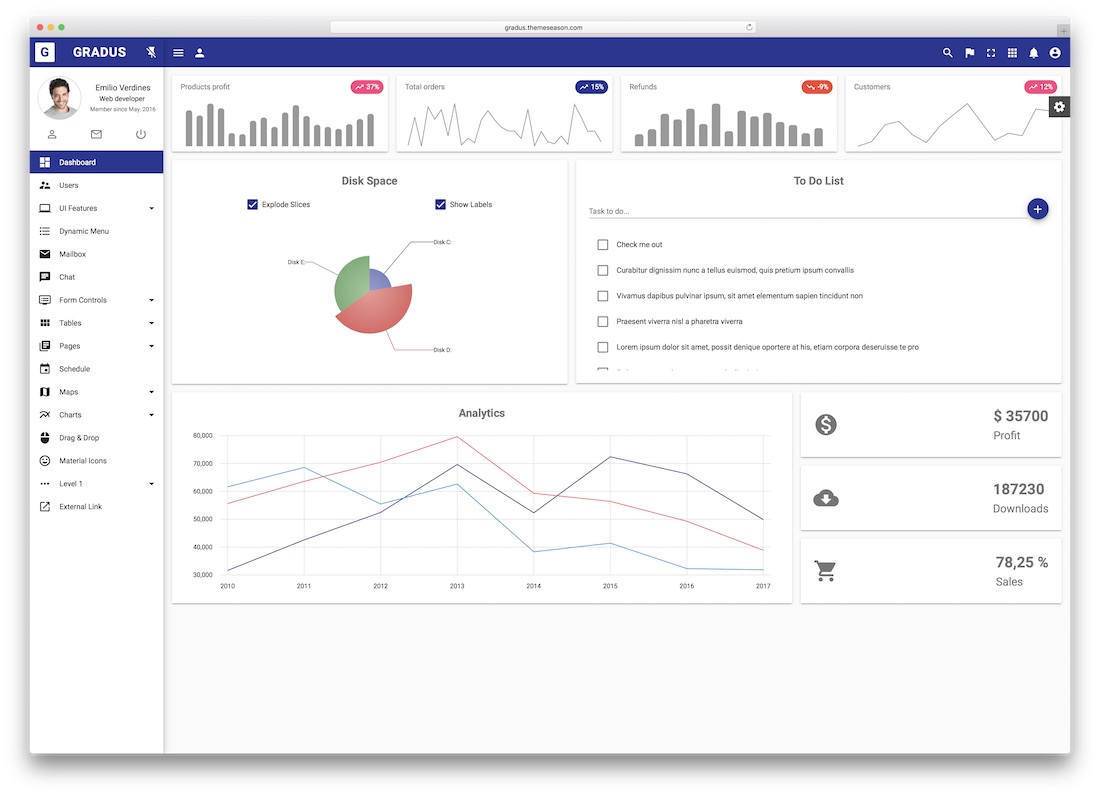
PDFKIT ANGULAR EXAMPLE PDF
The service generation engine is built on top of my basic…but so far for my purposes powerful enough…layout engine called hummus-reports, which in turn is built on my hummusjs Node PDF lib, which in turn is built on my hummus C++ PDF lib. doesn’t even deal with dragging on yr touch device. It costs $$$ better spent fun and games.Īnd there’s a really simple jQuery based web site I developed a few years back that implements form filling over this service, as an example. There is a live demo here - but depending on how interesting or not it is to people I might take it off.
PDFKIT ANGULAR EXAMPLE LICENSE
It’s fully Opensource with an Apache 2 license which is very permissive: If you are interested here’s the github link to the project. A different person might have…but I’m only here for the crafting, i’m afraid.īut that doesn’t mean you can’t. At least that’s not my intention now and wasn’t 6 years ago when I last worked on this project. I’m not really gonna deploy it and make a biz out of it. The service provides also storage for the PDFs, so you don’t have to worry about that too.Īnd here’s the deal.

Server-less as the not so cool anymore, not so young anymore kids calls it.

So the next time you need a site to generate PDF from scratch or overlay some content over an existing PDF (As you would when filling a form), You can have this available with some API calls to the service, instead of having to do it yourself. It’s a PDF creation service over the cloud. Now let's open the used the past few weeks to renovate an old project of mine, and it’s now ready for sharing. Let's open a console terminal, then create a service directory, and within that directory, issue the following command: ng generate service user-service

This will allow us to encapsulate access to the REST controller in a single class, which we can reuse throughout the entire application. With our client-side domain User class already set, we can now implement a service class that performs GET and POST requests to the endpoint. styleUrls – one or more CSS files associated with the componentĪs expected, we can use the and files to define the HTML template and the CSS styles of the root component.įinally, the selector element binds the whole component to the selector included in the index.html file.templateUrl – the HTML template file associated with the component.selector – the HTML selector used to bind the component to the HTML template file.The most relevant part is the metadata marker or decorator, which defines three elements: Definitively, it's typed JavaScript.Īdditionally, the constructor initializes the field with a string value, which is pretty similar to what we do in Java. Even so, let's note that the file defines an AppComponent class, which declares a field title of type string (lower-cased). This.title = 'Spring Boot - Angular Application' įor obvious reasons, we won't dive deep into learning TypeScript. We'll keep them there, as is the root selector that Angular uses for rendering the application's root component. At first glance, they look rather weird, as is not a standard HTML 5 element. Please notice the custom tags inside the section.

Of course, it's possible to pick up another UI kit from the bunch available out there. However, the entry point of any Angular application is a plain old index.html file.Īs we can see above, we included Bootstrap 4 so we can give our application UI components a more fancy look. If we look inside the angularclient folder, we'll see that Angular CLI has effectively created an entire project for us.Īngular's application files use TypeScript, a typed superset of JavaScript that compiles to plain JavaScript.


 0 kommentar(er)
0 kommentar(er)
